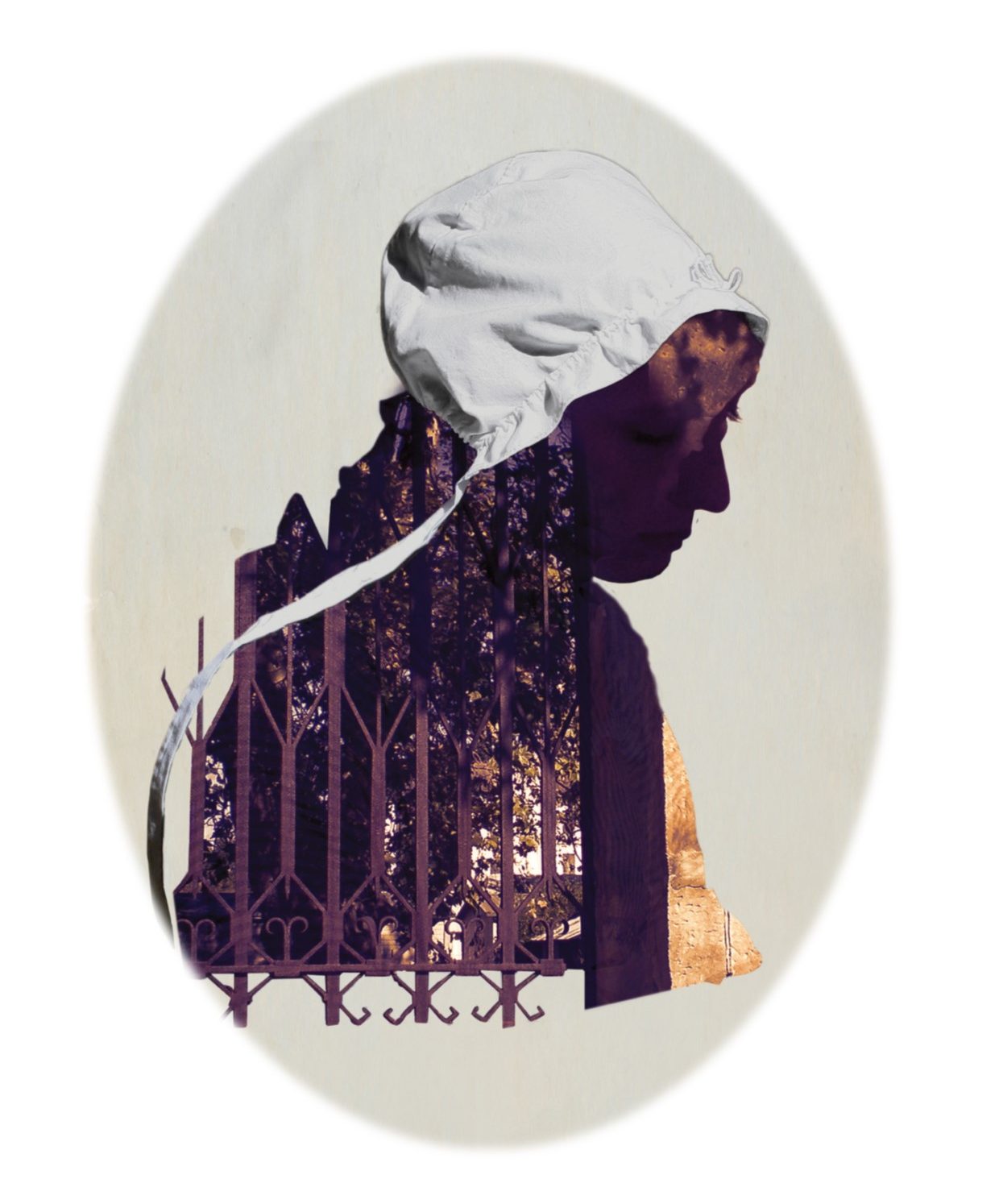
FEMALE FACTORIES – NEW SOUTH WALES AND VAN DIEMEN’S LAND
The factories were called factories because each was a site of production. The women produced spun wool and flax in all the factories. There were 13 female factories – Parramatta (2), Bathurst, Newcastle, Port Macquarie, Moreton Bay (2), Hobart Town, Georgetown, Cascades, Launceston and Ross. The experience in the factories varied according to when the women were in the factory and which factory they were in.
In the larger factories, Cascades Female Factory and the second Parramatta Female Factory, the women were involved in a wider a range of work: spinning, straw plaiting, factory duties (housekeeping and working in the hospital), sewing, laundry and weaving in the 1830s and 1840s. The third class also broke rocks and picked oakum.
There were 24,960 women were transported by ship to the Colonies of NSW and Van Diemens Land. Approximately 11,000 arrived in NSW. An estimated 9,000 went through the factory system and 5,000 through Parramatta.
Why did the Convict Female Factories come into existence?
Some answers lay in the intersections of history and personalities, as well as the ideas of the time concerning social reform. This was matched with a Colonial desire for economic power and practical needs.
There were flax looms and other flax spinning equipment on the list of First Fleet supplies suggesting an intent of the Colonial Government to enable spinning and weaving flax in the Colony. At this time flax was discovered in the Colony and experiments with it for maritime purposes were conducted.
There were no plans to develop female factories in the first 10 years of the colony, however, there was the practical need to solve the problem of what to do with the convict women once they arrived and a substantial number of female convicts did have spinning skills. Prior to 1804 there were records of the same kind of work done by convict women in Sydney and Parramatta – spinning and oakum picking which was later done in the female factories. Ideas of work and reform as practiced in the bridewells and prisons of England were coupled with the reality of rising costs relating to incarceration of the women. The result was the female factory system.
The 13 female factories were – Parramatta (2), Bathurst, Newcastle, Port Macquarie (2), Moreton Bay (2), Hobart Town, Georgetown, Cascades, Launceston and Ross. The experience in the factories varied according to when the women were in the factory and which factory they were in.
The factories were called factories because each was a site of production. The women produced spun wool, flax and linsey woolsey. The products ranged from from sails and blankets to textiles for slop clothing (convict clothes).

The first factory was a room above the goal at Parramatta. Samuel Marsden describes this:
The number of women employed in the factory under Mr Oakes the superintendent is one hundred and fifty,-they have seventy children. There is not any room in the factory that can be called a bed-room for these women and children. There are only 2 rooms and they are both occupied as workshops, over the goal, almost 80 feet long and 20 wide. In these rooms there are forty six women daily employed, 24 spinning wheels on the common wheel and twenty two carding. There are also in them the warping machine etc. belonging to the factory.[i]
In its later years this factory had up to 200 women but could only house about 30 at night. If the women did not have bedding with them they did not get a bed and found either a place amongst the factory fleece or somewhere in Parramatta that would take them.
Governor King, intent on succeeding, was looking at ways flax could be grown and woven. In March 1801 he reported that a number of women were employed in linen and woollen manufacturies[ii]. These produced linen and hemp rope. In May 1803 there were 95 were employed in this manufacturing[iii]. It appears that women were employed in Sydney and Parramatta picking Oakum and spinning. The locations have yet to be confirmed. From 1803-1807 Parramatta exceeded Sydney’s production each year with the majority of work occurring in Parramatta from 1804[iiii].
[i] Marsden, Samuel Letter to Governor Macquarie, Parramatta, 19th July 1815
[ii] Historical Records of Australia Series 1, Volume 3 p.28
[iii] Roe, Michael George Mealmaker, the Forgotten Martyr, Royal Australian Historical Society, v43, pt 6 1957, p.293
[iiii] Flynn, Michael Prince Alfred Park –Its Early History and Background Research Report , Parramatta City Council, 1994, p.6

You must be logged in to post a comment.